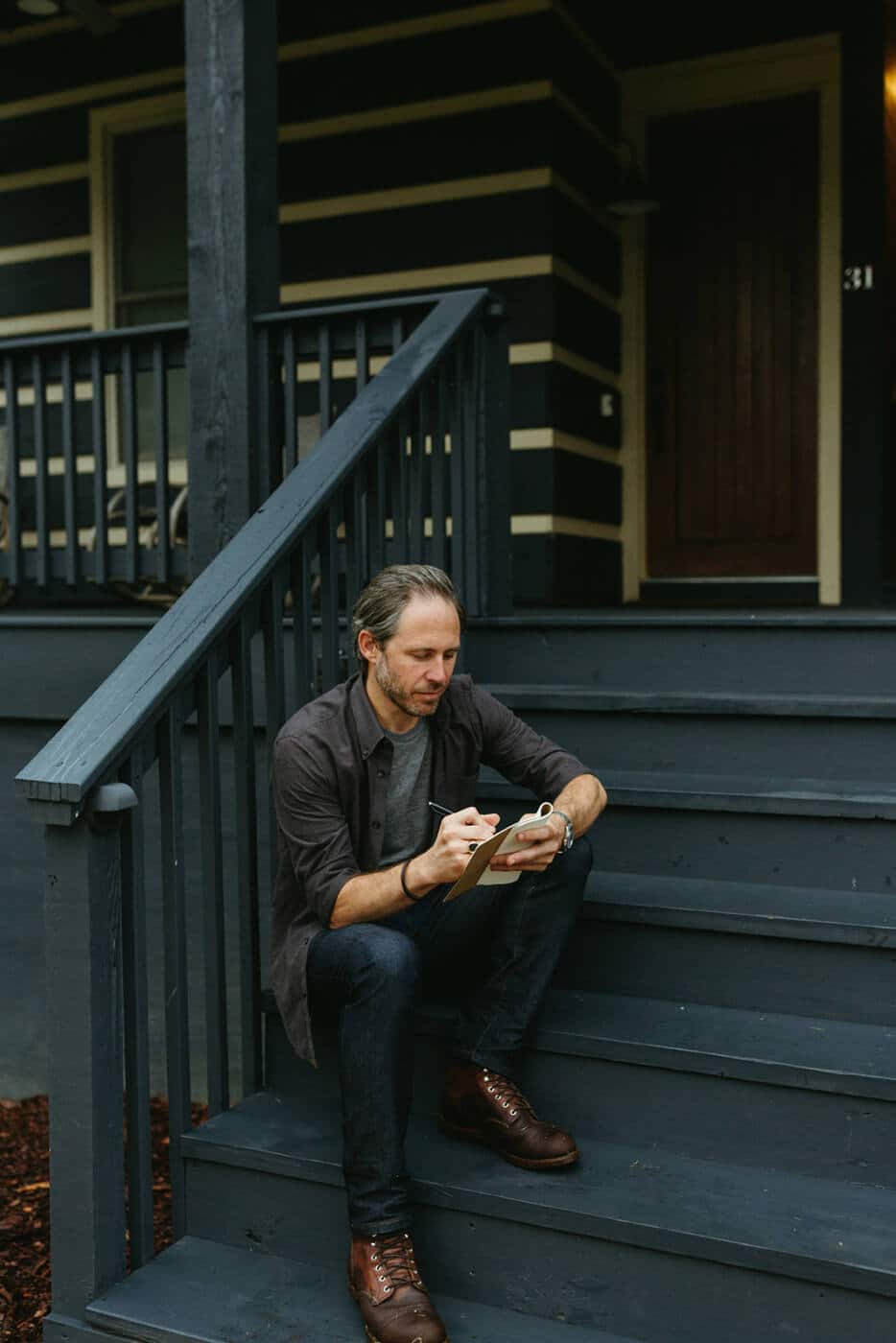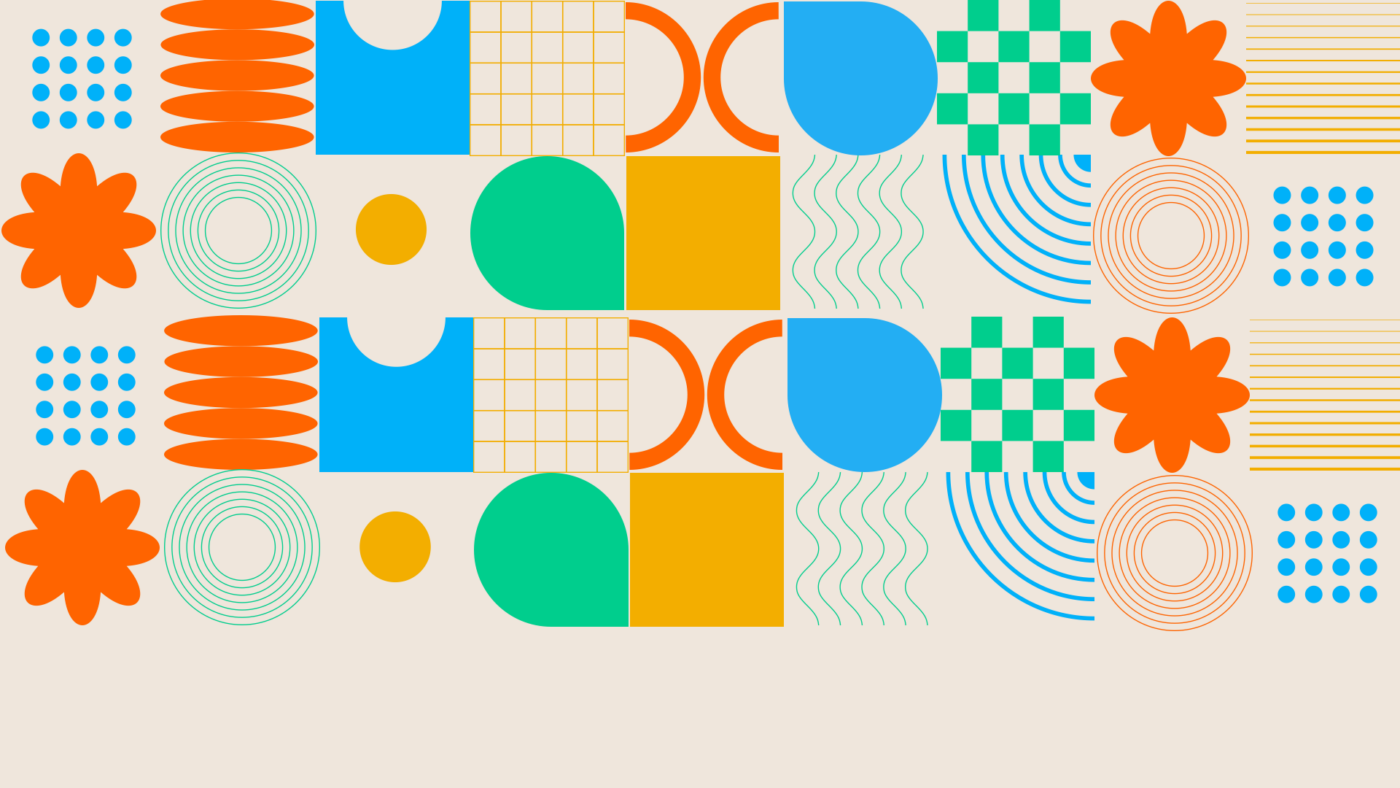How to Start Feeling So You Can Start Dealing
Dawn Zurlinden, LCSW, CSAT
“I don’t think my childhood has anything to do with what I am going through today.”
This is something I often hear when I’m walking individuals through revisiting their past. We want desperately for our past to remain in the past, so much so that we get really good at disconnecting from our emotions, our bodies, and our experiences to minimize what we’ve been through.
Many of us are taught at an early age to minimize the impact of negative experiences. Sometimes innocuously from a caretaker hoping to help us recover from a fall, “You’re okay. Hop up! It’s not a big deal!” And other times, those teaching us how to process our feelings couldn’t process their own. “Don’t get angry… You have nothing to be sad about!”
Even when we’re not explicitly told these messages, we still may have internalized them. We’re biologically designed to recognize the non-verbal cues of our caregivers and to react in a way to maintain our connection with them.
When Minimizing Becomes Second Nature
As we grow, our minimization can become so natural that it is an unconscious habit, and we spend our days dismissing our current and past trauma.
Unfortunately, ignoring our experiences and their impact doesn’t make them disappear. And instead of feeling our emotions and affording ourselves the opportunity to feel and process, the pain of our past comes out “sideways.”
At Onsite, we sometimes say, “If it’s hysterical, it’s historical.” Meaning when we have an outsized response to a situation, it’s rarely about the inciting event and instead rooted in something from our past. When we burst into tears because our car won’t start, or we yell at our partner when they leave the bathroom a mess, it’s not about the car or the bathroom. The past becomes our present when we continually minimize or medicate its effect.
I often define trauma as the painful emotions from an experience that is bigger than you can handle in the moment. The more in tune we become with ourselves, the more we can heal the difficult moments of our past.
What we can’t feel, we can’t heal.
What we do feel heals.
Getting Out of Our Heads and Into Our Feels
So much of my work with clients is gently guiding them into being with their feelings again. When we learn to feel our feelings in a safe way, we can not only heal the past but show up differently in the present when we encounter stressful or overwhelming situations. The first step is often to give thinking a rest.
Ruminating, repetitive thoughts can be a trauma response—minimization in the form of hypervigilance and overthinking. Repetitive thoughts keep us out of our bodies, trapped in our minds. To fully work through what we’re experiencing, we must tap into something we may have disregarded a long time ago, something called interoception.
Related: FREE RESOURCE: How to Recognize and Manage Your Emotions
Signs We’re Disconnected From Our Bodies
- Feel disconnected from others
- Disconnected to desires, optimizes and sense of spiritual
- Forgetting things
- Feedback from others that we’re not present
- Ruminating thoughts
- Unable to identify emotions
- Lack of ability to concentrate
Interoception
“Interoception” is your brain’s perception of your body’s state, transmitted from receptors on all your internal organs. It’s your cognitive connection with the feelings and functions of your body. According to research, scientists have shown that our sensitivity to interoceptive signals can determine our capacity to regulate our emotions and our subsequent susceptibility to mental health problems such as anxiety and depression.
According to Dr. Helen Weng at the University of California San Francisco, “Researchers and clinicians recognize interoception as a key mechanism to mental and physical health, where understanding our body’s signals helps us understand and regulate emotional and physical states.”
We can’t selectively numb bad experiences. When we learn to bypass, medicate, and dismiss our negative feelings, we dismiss the ability to feel all feelings.
The way back home to ourselves is to unlock our capacity to feel the sensations happening in our bodies.



Put It Into Practice
How to Test Your Interoception
- Sit in a safe and comfortable position
- Close your eyes and try to feel your heart beating in your chest
- Without moving your hands to take your pulse, can you feel each movement and count its rhythm? Or do you struggle to detect anything at all?
An Exercise to Get You Out of Your Head and Into Your Body
Progressive Muscle Relaxation
Healing starts with feeling. Feeling starts with noticing. And noticing begins when we find moments to pause and connect internally.
- Set a timer for 10 minutes.
- Focus internally and find the most relaxed place in your body right now
- Sit with that feeling and begin breathing deeply.
- When a new area is identified, add it to your focus and continue breathing
- See if you can eventually connect with and relax all the muscles in your body.
FREE RESOURCE: HOW TO RECOGNIZE AND MANAGE YOUR EMOTIONS
Join us on a journey of learning to manage your emotions so they don’t manage you.
Learn to understand your emotions in a thoughtful and productive way that unlocks your potential. In this free resource, we’ll explore what the basic emotions are, why we should pay attention to them, and how to thoughtfully engage them in ways that enrich your personal and relational life.
Dawn Zurlinden, LCSW, CSAT has devoted more than 20 years to helping people needing emotional healing and serves as a Clinical Intensive Therapist at Onsite. She specializes in recovery from trauma, anxiety, dysfunctional family histories, compulsive behaviors, and loss of spirituality. In addition to her own methods, she draws from a host of approaches, such as brainspotting, EMDR, somatic, experiential, and expressive therapies, and therapeutic ceremonies.








